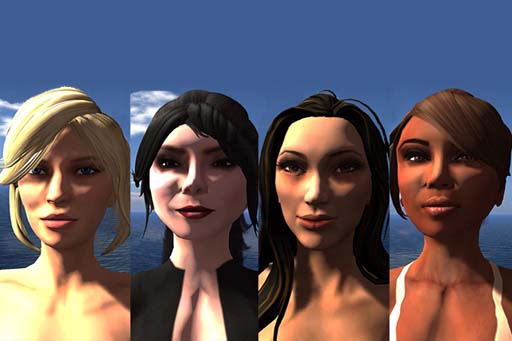2.3.1 Experimentation and the virtual self
Many developmental psychologists suggest identity experimentation is a key focus for early adolescence (Erikson, 1968; Valkenburg and Peter, 2008). The potential for experimentation with personal and social identity in virtual worlds is obvious and becoming increasingly popular in younger and older children alike.
The exploration of identity is nothing new; many children have experimented with self-expression through cultural tools such as fashion. The difference here is that children of all ages can construct multiple alternative identities by creating an avatar, their digital self, without impinging on their real-world life (Burke, 2013).
As Palfrey and Gasser (2008) clearly explain:
In virtual worlds, the key act of identity formation is the creation of an ‘avatar’ – a virtual representation of the computer user. In most instances, the avatar is a figure whose actions can be controlled by the user’s computer mouse and keyboard. It is through this figure that the user interacts with the virtual world – both objects and other avatars (that is, other users). In many online games, the avatar is largely determined by the kind of role one chooses to play in the game’s more or less predetermined storyline.
In Teen Life, for example, older children can create and explore a wide range of social, cultural, political, educational and economic symbolic activities. These are seen as an extension to their everyday lives. The avatar body can be customised in a practically infinite number of ways ranging through height, weight, frame and figure, skin colour, eye colour, facial structure and gender, to fantasy animal avatars.
Activity 2.3
Read the extract Playing with Pixels: Youth, Identity, and Virtual Play Spaces [Tip: hold Ctrl and click a link to open it in a new tab. (Hide tip)] from Chana Etengoff.
Think through your response.

